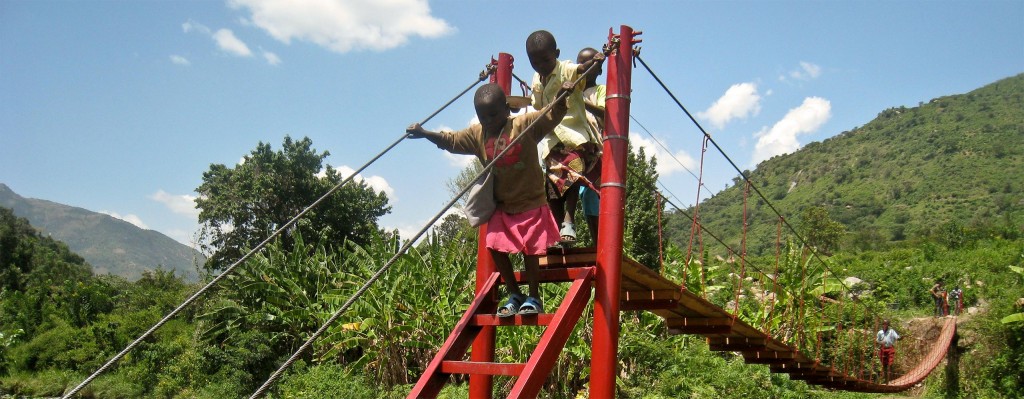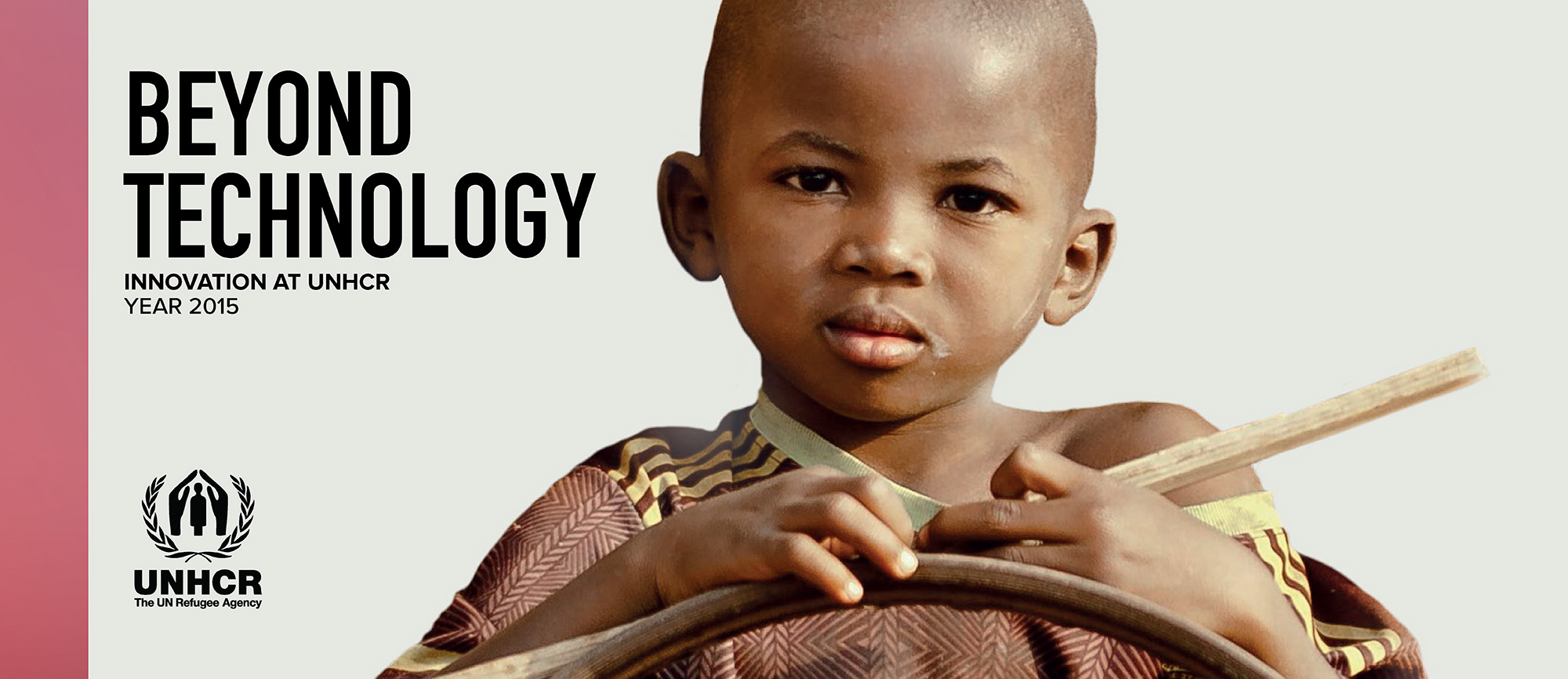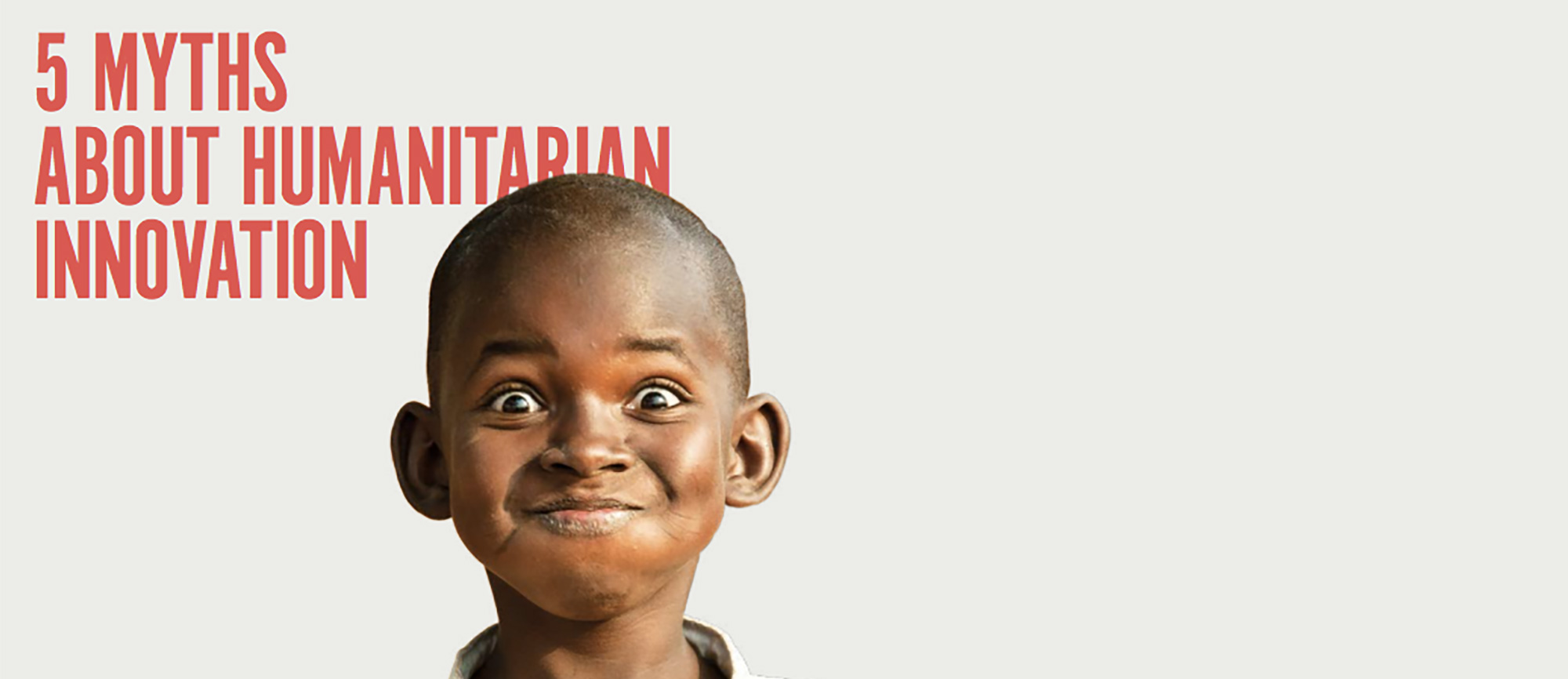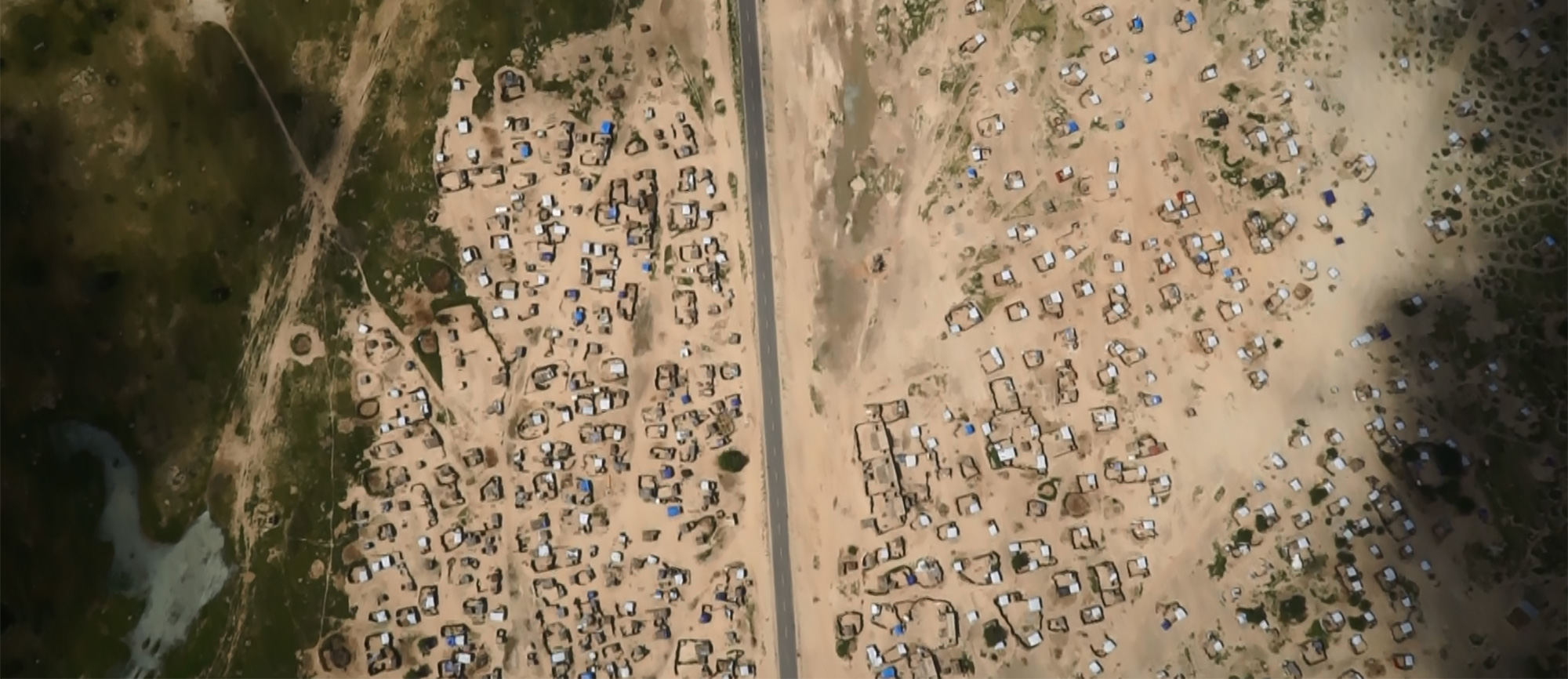“Humanitarian assistance and development have usually been seen as distinct areas of national and global governance”… (State of the World’s Refugees, 2006)
If innovation could be a bridge between humanitarian assistance and development, which bridge would it be? The Saphan Mon Bridge in Sangkhlaburi, Thailand, a Bamboo bridge built in six days by a partnership among the Thais and the ethnic Mon people? Or a replica of the historic Tower Bridge of London, build in Suzhou, China, which replicates the functionality of the historic English landmark elsewhere? Or what about a complex multi-stack interchange in Shanghai, China, whose multiple ends connect different roads in the city?
Whichever option you choose you wouldn’t be mistaken. After all, innovation could bridge humanitarian assistance with development in multiple ways. Sometimes though, depending on the context, it can’t bridge the two.
By ‘humanitarian assistance’ I mean temporary solutions created to provide protection to persons of concern facing emergency situations. And by ‘development’, I’m referring to the process of generating durable solutions in order to empower vulnerable groups to build and sustain their own livelihoods.
The challenge for humanitarian organizations is then to transcend from assistance to the development stage when emergency situations become protracted, and I believe innovation solutions can be seen as a unifying factor among the two.
Let’s look at this through the bridge example.
Innovation as the Saphan Mon Bridge – Leveraging partnerships to develop human-centered design solutions
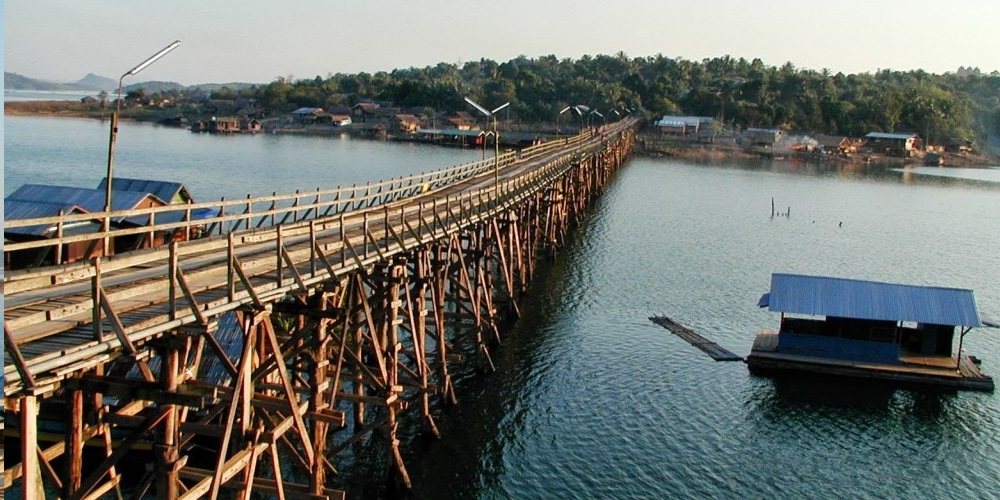
One of the flagship projects of UNHCR Innovation is the Refugee Housing Unit (now known as the Better Shelter) in partnership with the Ikea Foundation and Housing for All Foundation. Like the Saphan Mon Bridge, Better Shelter is an example of a human-centered solution that takes into account diverse geographic conditions that is conceived from a multi-sectoral partnership.
This collaboration leveraged the private sector’s knowledge and expertise in Research & Development and human-centered design. The result was a sturdier, more durable shelter solution designed for and with refugees. Prioritizing the unique needs of displaced communities led to a shelter design that can be shipped flat-packed, is modular, integrates solar-powered panels, and can withstand multiple extreme climate conditions.
Innovation as a replica of the Tower Bridge – Iterating existing good practices
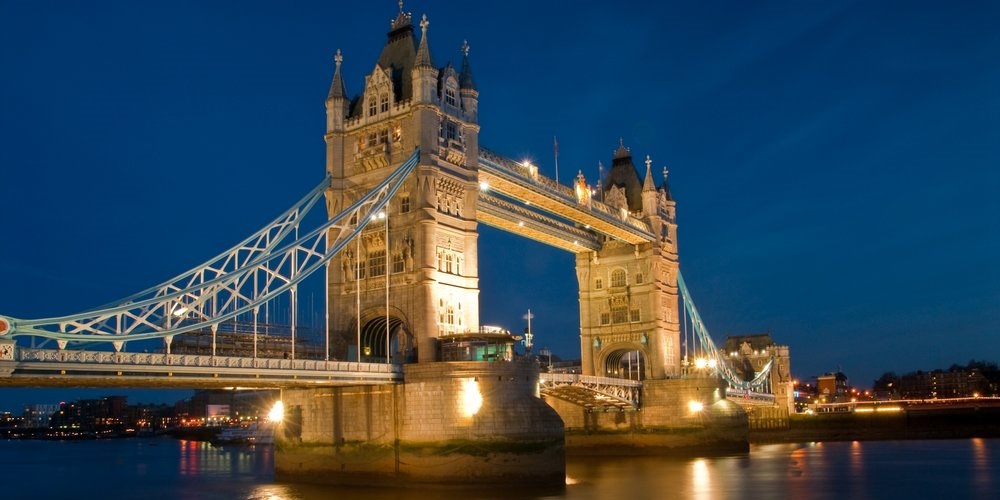
The Energy Lab’s Liter of Light project aims to pilot a community-manufactured, solar-powered, affordable solution to provide energy to households in the refugee camps in Dollo Ado, Ethiopia. Like the Tower Bridge replica, the Liter of Light project is the perfect example of how existing solutions can be iterated and adapted to suit divergent contextual needs.
The original Liter of Light organization was formed in 2011 in the Philippines by MyShelter Foundation, a charity offering sustainable building solutions for storm-damaged communities. Adapting the bottle-light technology first developed by Brazilian mechanic, Alfredo Moser in 2002, MyShelter Foundation provided light to 28,000 homes before the Energy Lab decided to test this solution for displaced communities.
Innovation as a complex multi-stack interchange in Shanghai – Connecting multiple points locally
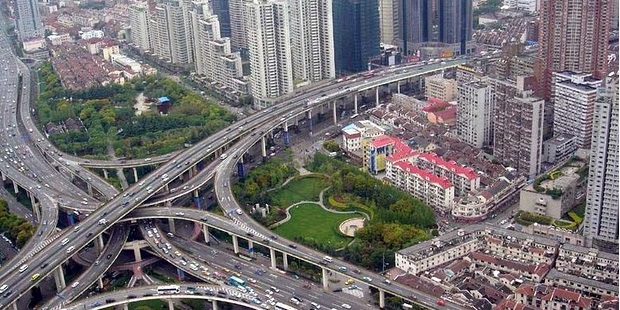
Valentina Duque, UNHCR Innovation Fellow, Class of 2014, realized refugees in Costa Rica lack access to key information about their rights and other services while trying to integrate with the society. Based on this identified challenge she developed an integrated communications plan that combines video campaigns, billboards, SMS, and a website called help.unhcr.org.
Like the multi-stack exchange, the campaign, which was developed with the help of McCann Ericson in Costa Rica, is an example of how a complex network of communication services can connect multiple points in a local setting. aims to use, with the aim of reaching the refugee community in the country while bringing it closer.
The three mentioned examples show how innovation could bridge humanitarian assistance with durable solutions that could enhance and empower the lives of refugees in protracted situations.
But let’s be precise.
Innovation is not the magic formula to link humanitarian assistance with development.
Coming back to our analogy of bridges, each structure requires a solid foundation and, in the case of innovation, that foundation is represented in the many stakeholders that are part of the process: from HQ officers to field staff, to donors, partners, and, most importantly, persons of concern. Without this foundation the structure cannot be maintained. But, with a strong foundation, outstanding, long lasting bridges can be erected.
And you… which other bridge can you think of?
About the author
Adriana De Oro Osorio is an international development student who specializes in Innovation to Sustainability with a range of experience in multiple areas. She lived in Lebanon where she worked in Consular Affairs with the Colombian Embassy. She is part of a team of consultants at the Academy for Innovation to Sustainability of Colombia, and is undertaking an internship at UNHCR Innovation.
If you’d like to repost this article on your website, please see our reposting policy.
